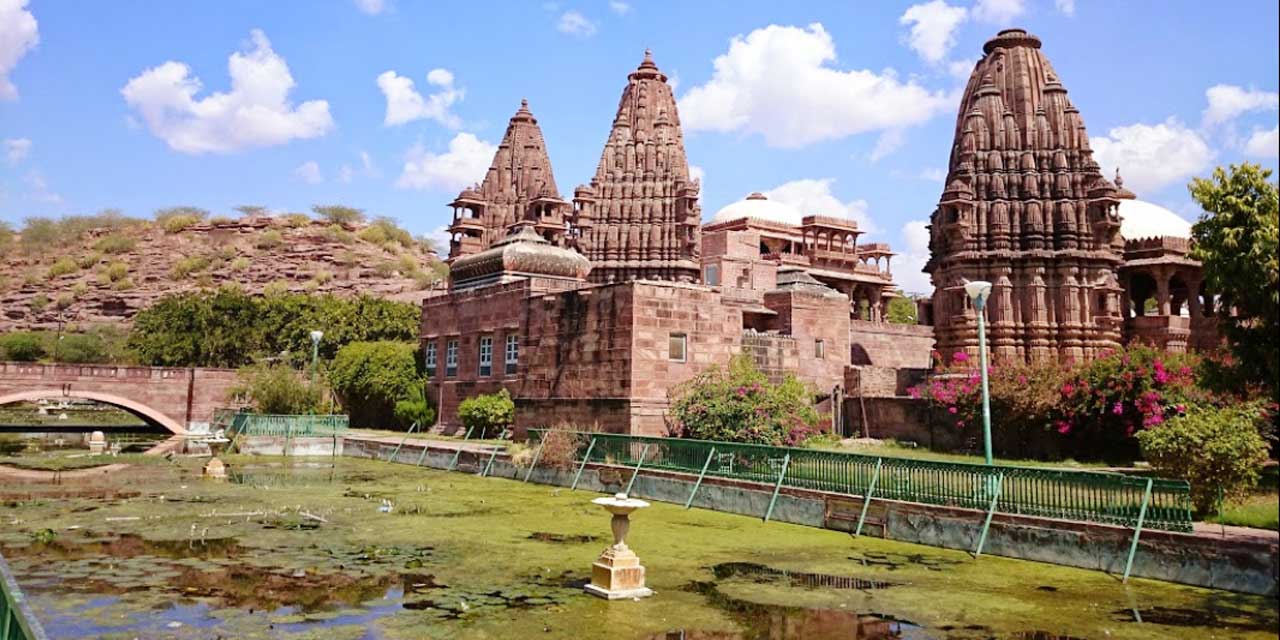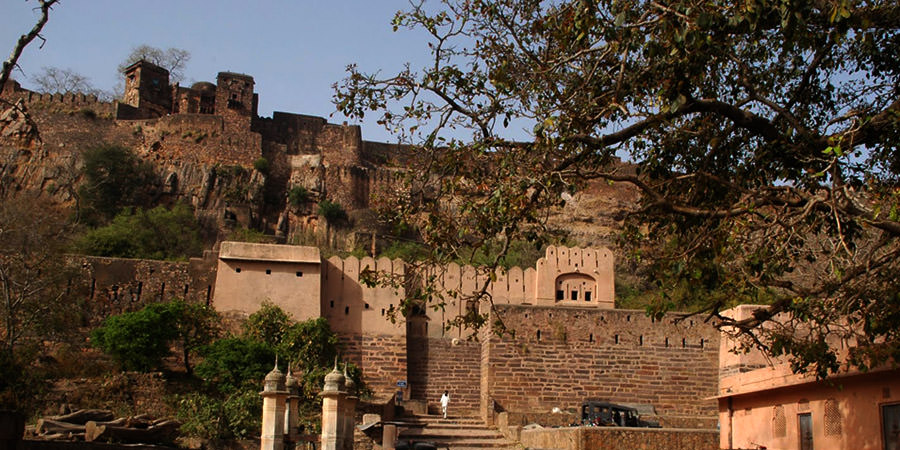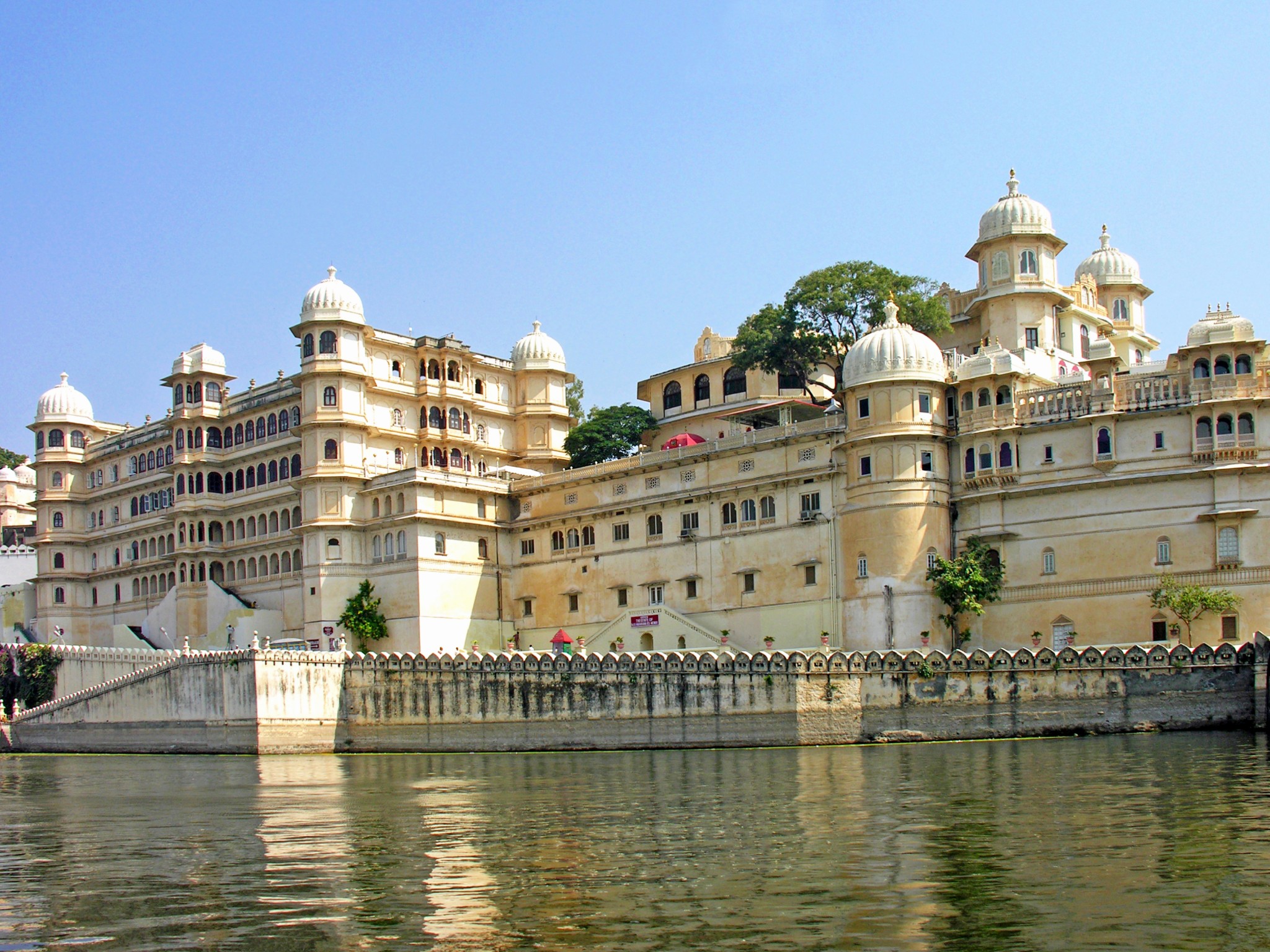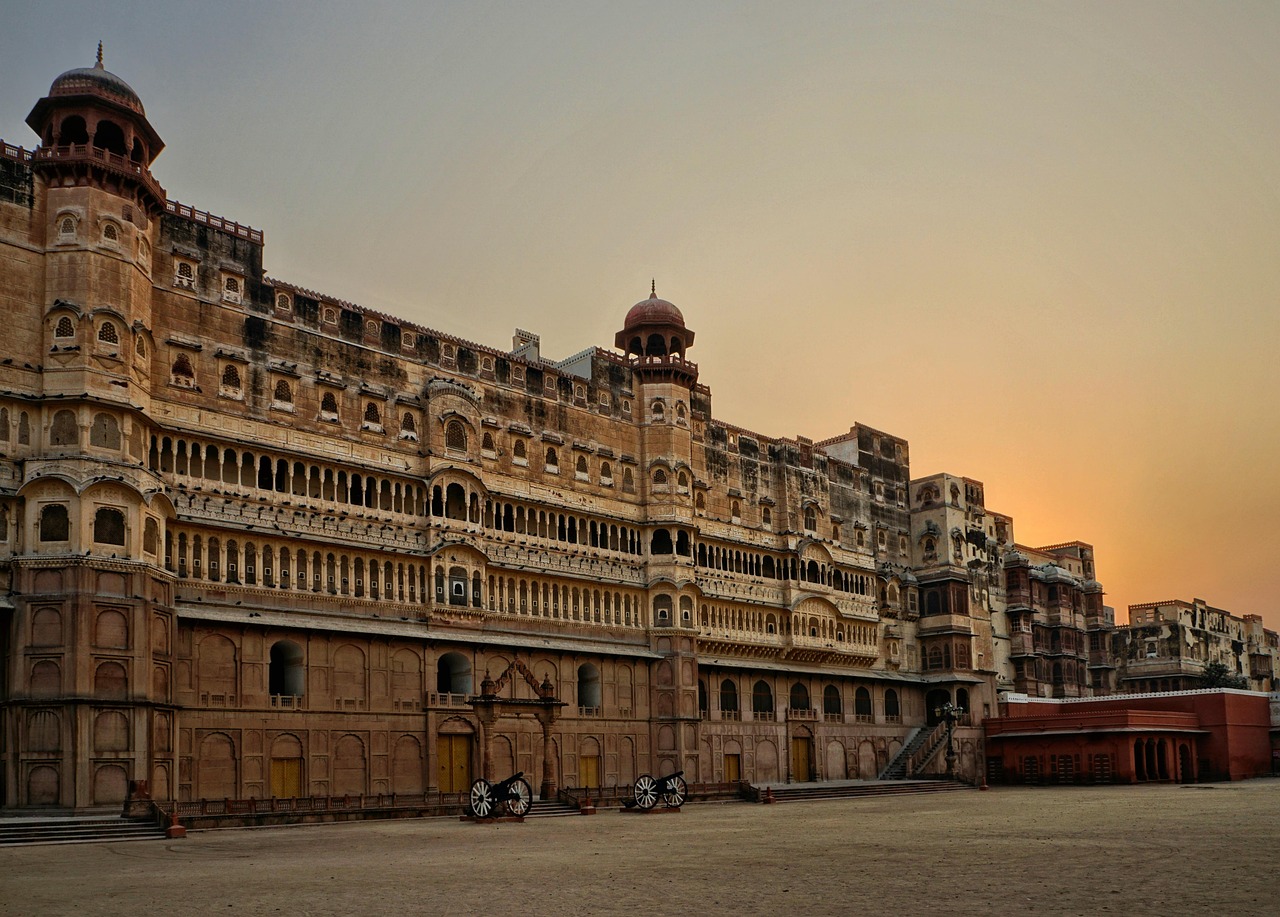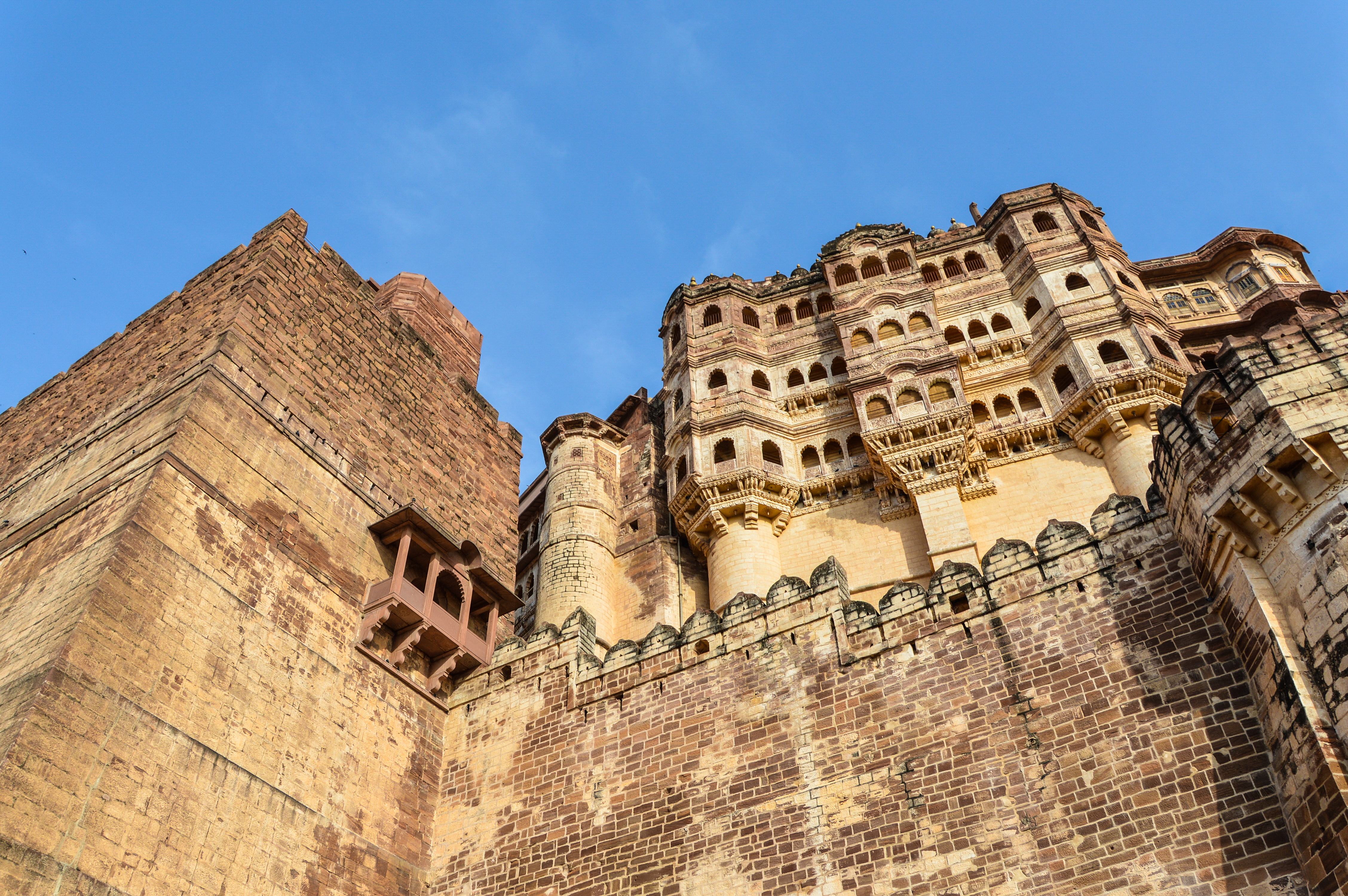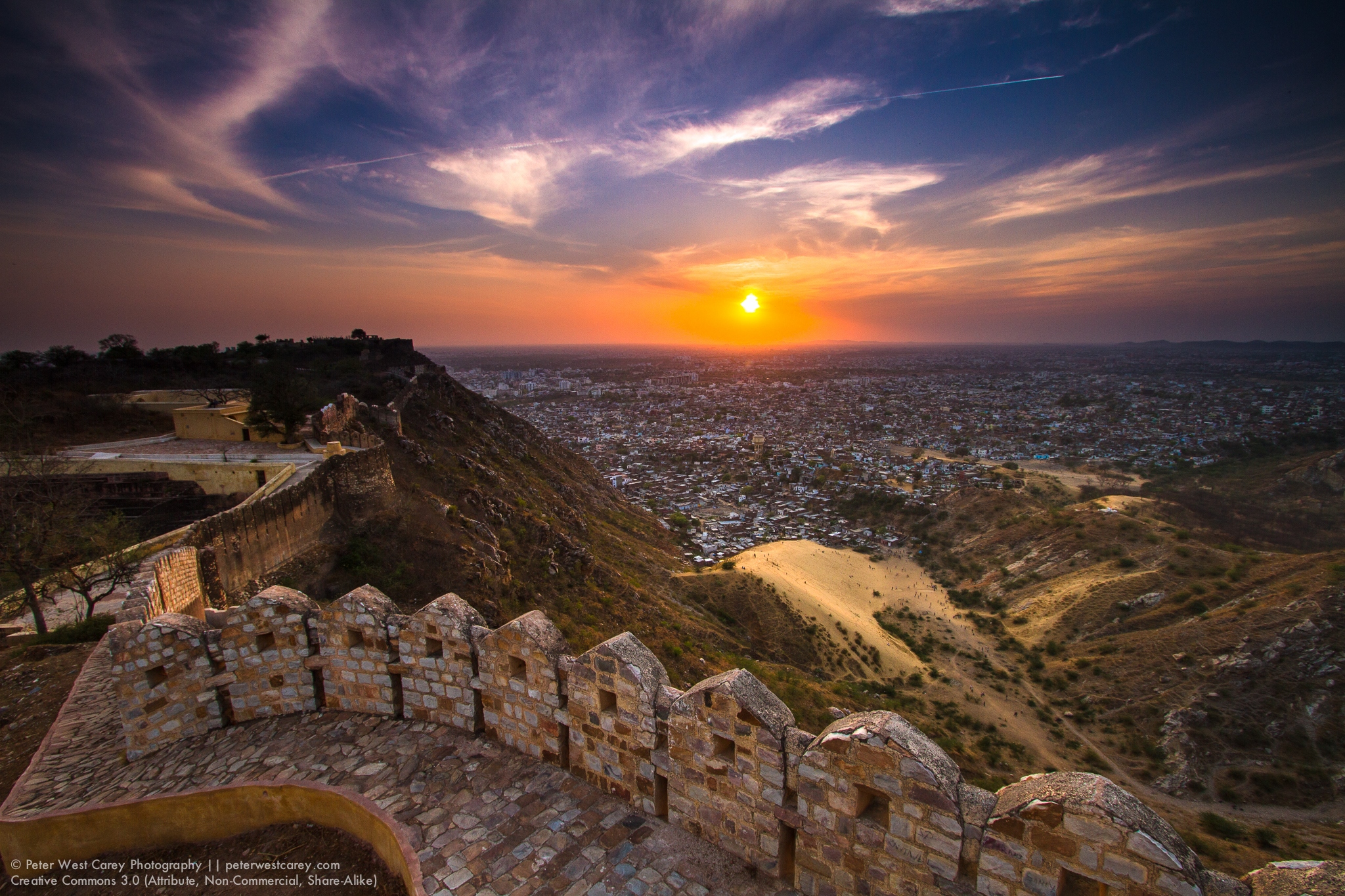As one of the most visited forts in the world, the fort narrates of rich heritage through its glorious architectures and tales of bravery. Chittorgarh Fort, often called the pride of Rajputs, this fort is located in Rajasthan. If you’re thinking of a visit, this guide covers everything you’ll need to know.
Contents
- 1 Chittorgarh Fort, Jaipur History
- 1.1 The layout and design of Chittorgarh Fort
- 1.2 15 Amazing Facts About Chittorgarh Fort
- 1.3 Chittorgarh Fort: What to See
- 1.4 Opening Hours and Entry Charges at Chittorgarh Fort
- 1.5 When to visit Chittorgarh Fort
- 1.6 How to Reach Chittorgarh Fort
- 1.7 Food In And Around Chittorgarh Fort
- 1.8 Shopping in & around Chittorgarh Fort
- 1.9 Photography Tips
- 1.10 Additional Tips
- 1.11 Final Thoughts
- 1.12 Nearby Tourist Attractions
- 1.13 Famous Tourist Places in Rajasthan
Chittorgarh Fort, Jaipur History
Chittorgarh Fort has a unique history which dates back to The 7th century. It was the stronghold of the Maurya dynasty and then the Rajputs. The fort has seen countless battles spanning from the famed sieges laid by Alauddin Khilji, Bahadur Shah and Emperor Akbar.
Probably one of the most infamous tales associated with this fort is of Rani Padmini, who preferred Jauhar (self-immolation) than get caught up in the hands of Alauddin Khilji. Hence Chittorgarh, stands as a symbol of dignity and bravery due to the countless deeds performed by the Rajput warriors and their queens.
Over the years, the fort passed through different hands, and various rulers contributed their architectural styles, additions and improvements. Every battle, every monarch, every historic moment is engraved on this fort, which remains even now a living finger touch of history that whispers its stories to travelers.

The layout and design of Chittorgarh Fort
Chittorgarh Fort is one of the biggest forts in India sprawled over 700 acres. This fort is situated on a 590 feet high hill around which apart from a beauty is in charge of the panoramic view of the landscape.
Key Architectural Features:
- Massive Gates (Pols) – There are seven massive gates in the fort known as Pols which were built to resist enemy attacks.
- Palaces – It contains many famed grand palaces including Rana Kumbha Palace, Fateh Prakash Palace and Rani Padmini Palace.
- Within the fort there are more than 20 temples such as Meera Temple, Kumbha Shyam Temple, Kalika Mata Temple.
- Towers and Monuments – The most known are the Vijay Stambh (Tower of Victory) and Kirti Stambh (Tower of Fame).
- Reservoirs & Stepwells – The fort has about 84 water bodies, which provided a continuous supply of water to its residents.
- Chittorgarh Fort also includes underground tunnels, used to escape during attacks.
This fort, built with the perfect combination of Rajput, Mughal, and Persian architectural influences is truly a sight to behold. The strong limestone and sandstone that grace its walls boast of a structure that has seen grandeur, wars and resilience over the years.
15 Amazing Facts About Chittorgarh Fort
1. 🏰 One of the largest forts in India, sprawling over 700 acres atop a 590 ft tall hill
2. 📜 It was constructed in the 7th century and initially ruled by the Mauryas, subsequently by the Rajputs
3. ⚔️ Three big sieges – Alauddin Khilji, Bahadur Shah, Akbar
4. 🔥 Famous for the Jauhar of Rani Padmini, a symbol of Rajput bravery and pride
5. 🚪 Seven great gates built by (Pols) for heavy duty protection
6. 🏯 Home to grand palaces like Rana Kumbha Palace and Rani Padmini Palace
7. 🛕 Over 20 temples including the well known Meera Temple
8. 🗼 Vijay Stambh (Tower Of Victory), 9 Stories High
9. 🏛️ Kirti Stambh (सार्वजनिक स्मारक) Jain shrine
10. 💧 Contains 84 water bodies from stepwells to reservoirs
11. 🕳️ Contains underground tunnels for escape during attacks
12. 🧱 Built with limestone and sandstone, reflecting Rajput-Mughal-Persian styles
13. 🌸 Rani Padmini’s Palace — A beautiful lotus pool surrounds it
14. 🦶 Gaumukh Reservoir a holy, everlasting water tank
15. 🙏 A holy pilgrimage with historical legends, temples, and valor
Chittorgarh Fort: What to See
Chittorgarh Fort is filled with many things to see. Here are the must-do attractions you shouldn’t miss:
- One such is known as the Vijay Stambh (Tower of Victory)
This 9-story tower was built by Maharana Kumbha in the 15th century as a tribute to his victory over the Sultan of Malwa. The tower is beautifully carved with Hindu deities and inscriptions making it an artistic masterpiece. - Kirti Stambh (Tower of Fame)
This 12th-century tower is given to Adinatha, the first Jain Tirthankara. Jains consider it an important pilgrimage site, and the intricately carved temple is part of the complex. - Rani Padmini’s Palace
Along with the elegance of the palace, the legendary tale of Rani Padmini who was so beautiful that she fascinated the ruler Alauddin Khilji. The beautiful lotus pool surrounding it only reflects its ethereal charm. - Rana Kumbha Palace
The oldest structure inside the fort, this palace served as the home to generations of Mewar rulers. Its glory days may be behind it, but the ruins still resonate with their majesty. - Gaumukh Reservoir
A holy water tank, that has never dried up. Its water is sacred to pilgrims. - Meera Temple
This temple, dedicated to the Hindu saint Meera Bai, is on the list of spiritual seekers. - Bheemlat Kund
An oasis within the fort, this underground stepwell features beautiful stone carvings and offers a respite from the heat.
Opening Hours and Entry Charges at Chittorgarh Fort
- Timings: 9:00 AM – 6:00 PM
- Entry Fee:
- Indian Tourists: A fee of ₹50
- Foreign Tourists: ₹200
- Camera Charges: ₹50
- Video Camera: ₹200
When to visit Chittorgarh Fort
If you are planning to visit Chittorgarh Fort, then the best time to visit it is from October to March. The weather is nice so it’s a good time for sightseeing. Do not visit in the summer, because the temperature in Rajasthan gets very high.
The Golden Fort is very beautiful in morning & evening when sunlight falls on ancient walls of Fort, it creates a mesmerizing view.
How to Reach Chittorgarh Fort
- By Air:
The closest airport for Chittorgarh is Maharana Pratap Airport (Udaipur), approximately 90 km away. - By Train:
There are a number of trains from Delhi, Jaipur, Mumbai and other major cities to Chittorgarh as it is a well-connected railway station. - By Road:
Udaipur, Jaipur and other local cities have regular buses and taxis.
Food In And Around Chittorgarh Fort
Spices are an inevitable part of Rajasthan food. Local delicacies you should try if you visit Chittorgarh are:
- Dal Baati Churma
- Gatte ki Sabzi
- Ker Sangri
- Pyaaz Kachori
- Malpua
Shopping in & around Chittorgarh Fort
Souvenirs and traditional Rajasthani handicrafts:
- Sadar Bazar – World famous for jewellery & textiles.
- Rana Sanga Market – Specializes in miniature paintings and pottery.
- Fort Complex Shops – Traditional fabrics and souvenirs.
Photography Tips
- The best light is at dawn or dusk.
- Record the fine decorative carvings and architectural details.
- Panoramic view with a wide angle lens.
- Also, don’t miss the sunset pics from fort walls.
Additional Tips
- Wear comfortable shoes, as you will be walking (many) kilometers.
- Bring water and snacks, as there are no restaurants inside the fort.
- Get a local guide and hear about the fort’s rich past.
Final Thoughts
The Chittorgarh Fort is not only a monument, it is a living memory of Rajput bravery and valour. This fort is one hell of a place to visit whether you are a history buff, a photographer or just someone looking to explore the grandeur of Rajasthan!
Nearby Tourist Attractions
- Vijay Stambh – A gigantic win monument.
- Kumbhalgarh Fort – a magnificent Rajput fort surrounding Udaipur.
- Ranthambore National Park – A Wildlife Lover’s Paradise.
- Bundi Palace – Famous for its enchanting murals and paintings.
- Udaipur (The City of Lakes) – Only a 100 km romantic escape!
Book your trip to the magnificent Chittorgarh Fort today and experience the timeless splendour!
Famous Tourist Places in Rajasthan
- Jantar Mantar
- Jal Mahal Jaipur
- Jaigarh Fort
- Nahargarh Fort
- Amer Fort Rajasthan
- City Palace, Jaipur
- Rajasthan Forts and Haveli


